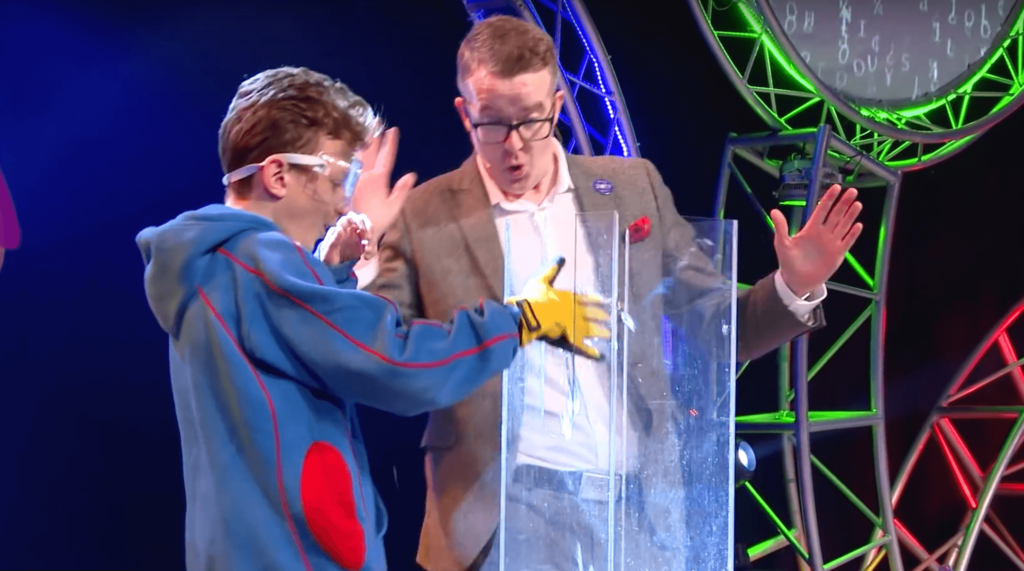Bright Young Things

Do you want to meet the first Irish person set to travel to outer space, the world greatest hacker, befriend a robot or learn how to CPR your dog? You can do all that at the BT Young Scientist and Technology Exhibition which is back again at the RDS, Dublin, after the last year’s success.

Exterminate! Exterminate!
It’s been 55 years since two UCD physics researchers, Rev. Dr Tom Burke and Dr Tony Scott, discovered the concept of ‘Science fairs’. In 1965, 230 projects were submitted for the first BT Young Scientist & Technology Exhibition. In 2018, over 2000 projects were submitted, with only 550 selected to compete.
Today, the opening ceremony for students, teachers, Exhibition partners and stakeholders will be streamed live on Facebook from 2 pm. The Exhibition itself will be open to the public from Thursday to Saturday, 11.01 – 13.01. Dr Norah Patten, Ireland’s first astronaut in training, will make a guest appearance.
This year, the projects cover a wide variety of topics from four categories: Technology; Biological and Ecological; Social and Behavioural Sciences; and Chemical, Physical and Mathematical Sciences. Students will examine various issues such as waste recycling, causes and treatment of anxiety in students, explore attitude towards foreign nationals and the “fake news” phenomenon, and many more.
Dr Scott is ecstatic that this year participants show a pronounced interest in societal and environmental issues: “The enthusiasm shown by the students is something we have to capture and bottle”.
He even hopes that this generation of young scientist will be the one to find solutions to the climate change problem.
The Exhibition is also an effective tool to fight against stereotypical perceptions still existing in the science world. “A lot of women would not automatically think of being an engineer because they often think of an engineer as somebody who carries a heavy steel beam and wearing wellington boots in a muddy field. They possibly don’t think of an engineer as a really cool person who is writing code, for Facebook, Intel or LinkedIn,” – explains Professor Mark Ferguson from the Science Foundation of Ireland.
This year ratio of male/female participants is 60 to 40 percent, which indicates “the power of this platform to engage female participation in the critical Stem [science, technology, engineering and maths] subjects,” – proudly says Shay Walsh, managing director of sponsor BT Ireland.
Students do not take this competition lightly, the quality of research conducted keeps reaching new heights every year. This January, you will discover a Dementia Aid developed by college students, EchoCopter invented by three fourteen-year-old youths to alert the alert cabin crew of nearby objects in the flight path of an aircraft in real time. You will be able to test an app to enhance mental well-being and learn about the use of gene technology in purifying cholera-infected water.
The participants do not just dabble in science, they live it. The first ever winner of this science fair, John Monahan, recently retired as a CEO of Avigen, a US Biotech company and Patrick Collison, who won the competition with his brother John in 2005, is now CEO of Stripe, an Irish technology company.

Last year’s edition counted a large number of on-stage experiments
It looks like the hopes of Dr Tony Scott are well founded, and we can expect great things from these young people. Bright future ahead!
Check out the website for the list of qualified projects, daily shows and the Exhibition plan.